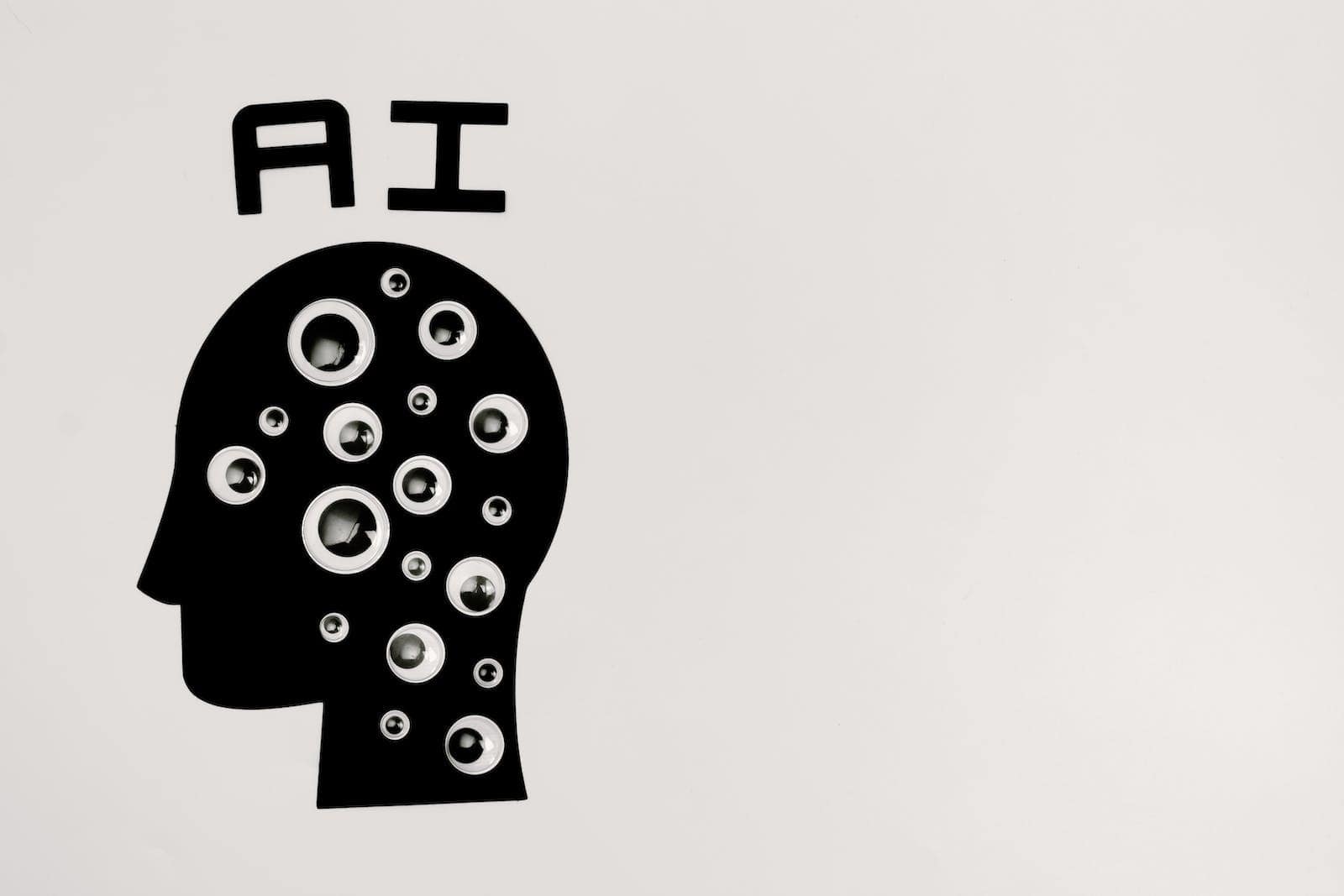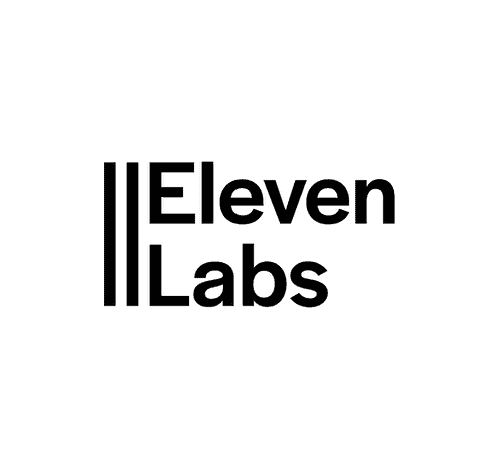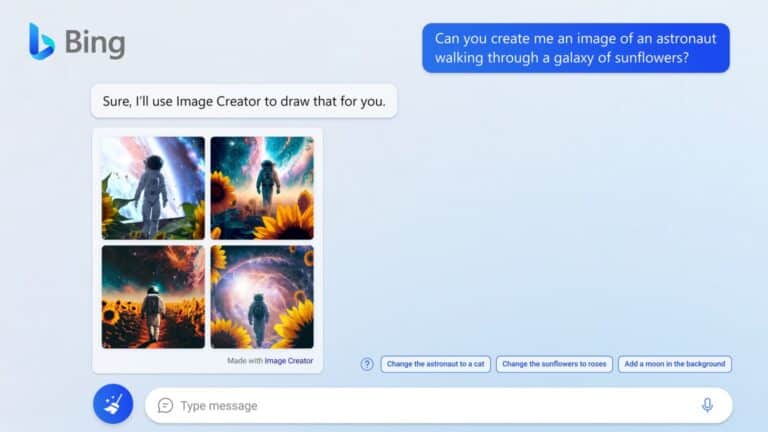Artificial intelligence is changing how work gets done. From machine learning models that automate routine tasks to advanced AI systems that support complex decision-making, the potential to increase efficiency is significant. AI can boost productivity while also creating serious risks for jobs and income stability.
The same technology that speeds up workflows can also replace entire job functions. Automation in customer service, manufacturing, and data processing shows how quickly roles can disappear. At the same time, new opportunities emerge in AI development, oversight, and integration, but these often require skills many workers do not yet have.
As AI capabilities advance toward more general and even superintelligent systems, the balance between innovation and disruption becomes harder to manage. The future of work will depend on how governments, businesses, and individuals adapt to both the benefits and the costs of this shift.
AI’s Impact on Productivity
Artificial Intelligence (AI) is transforming the way we work, promising unprecedented efficiency and innovation. But while it can boost productivity, it also introduces risks and hidden costs. This “double-edged sword” effect is what organizations and individuals must understand to use AI wisely.
1. The Productivity Promise of AI
AI can significantly enhance productivity by:
- Automation of Routine Tasks
Repetitive work like data entry, scheduling, and customer support can be automated, freeing employees for higher-value tasks. - Decision Support & Insights
AI analyzes large datasets quickly, providing insights that help leaders make faster, evidence-based decisions. - Enhanced Creativity & Innovation
Tools like generative AI assist with brainstorming, design, and content creation, accelerating creative workflows. - Scalability
Businesses can scale services (e.g., customer support chatbots) without proportional increases in staff.
👉 McKinsey estimates AI could add $4.4 trillion annually to global productivity by 2030 (source: AInvest).
2. The Hidden Costs and Risks
Despite these benefits, AI also creates challenges:
- Technical Debt
Rushed AI adoption can lead to poorly integrated systems, high maintenance costs, and long-term inefficiencies. - Accuracy & Oversight Needs
If every AI-generated output requires human review, productivity gains may be offset by bottlenecks (source: Forbes). - Workplace Stress & Well-being
Studies show AI can both increase engagement and cause stress, as employees worry about job security or struggle to adapt (MDPI). - Skill Gaps
Workers need upskilling to use AI effectively. Without training, productivity may stagnate. - Uneven Benefits
Research suggests AI’s productivity impact follows an inverted U-shape — too little adoption yields minimal gains, while over-reliance can reduce efficiency (source: Academy of Management).
3. Striking the Balance
To harness AI’s benefits while minimizing risks, organizations should:
- Adopt AI strategically — focus on areas with clear ROI instead of chasing hype.
- Invest in training & reskilling so employees can work with AI, not against it.
- Set up human-in-the-loop systems to balance automation with oversight.
- Monitor productivity continuously to ensure AI tools are delivering real improvements.
- Address ethical & well-being concerns, ensuring AI adoption doesn’t harm workplace culture.
4. Key Takeaways
- AI is not inherently good or bad — its impact depends on how it’s deployed.
- Used wisely, it boosts productivity, creativity, and decision-making.
- Used poorly, it creates inefficiencies, stress, and technical debt.
- The goal is balance: blending human strengths with AI’s capabilities.
✅ Bottom line: AI is a powerful productivity tool, but like any double-edged sword, it must be handled carefully. The organizations that thrive will be those that adopt AI thoughtfully, invest in people, and build systems that maximize benefits while minimizing risks.
Key Takeaways
- AI increases efficiency but can displace jobs
- New roles emerge, but skills gaps remain
- Adaptation strategies shape the future of work
Frequently Asked Questions
AI changes how work gets done by speeding up routine tasks, improving accuracy, and enabling new ways to analyze data. It also creates challenges, including workforce adjustments, skill shifts, and potential job losses in certain sectors.
How does AI influence worker productivity in various industries?
AI increases productivity by automating repetitive processes and improving decision-making speed.
Manufacturing uses AI for predictive maintenance to reduce downtime.
Retail and logistics use it for demand forecasting and route optimization, cutting costs and improving delivery times.
What are the potential negative effects of AI on job displacement?
AI can replace tasks once handled by humans, especially in clerical, manufacturing, and customer service roles.
This shift can lead to job losses if workers cannot transition to new roles that require different skills.
Can AI-driven automation lead to both efficiency gains and job losses?
Yes. AI can reduce costs and improve output while also removing certain job functions.
For example, automated call centers handle more requests faster but reduce the need for human agents.
In what ways does AI contribute to economic growth through productivity?
AI can raise output per worker by enabling faster production, better quality control, and improved supply chain efficiency.
Sectors that adopt AI often see higher growth rates compared to those that do not.
How does AI affect the skill requirements for the modern workforce?
AI adoption increases demand for skills in data analysis, programming, and system oversight.
It also requires workers to adapt to new tools and processes, even in non-technical roles.
What measures can be taken to mitigate any adverse impacts of AI on employment?
Companies can invest in training programs to help workers transition to new roles.
Governments and organizations can support reskilling efforts, encourage lifelong learning, and create policies that promote job creation in emerging fields.







